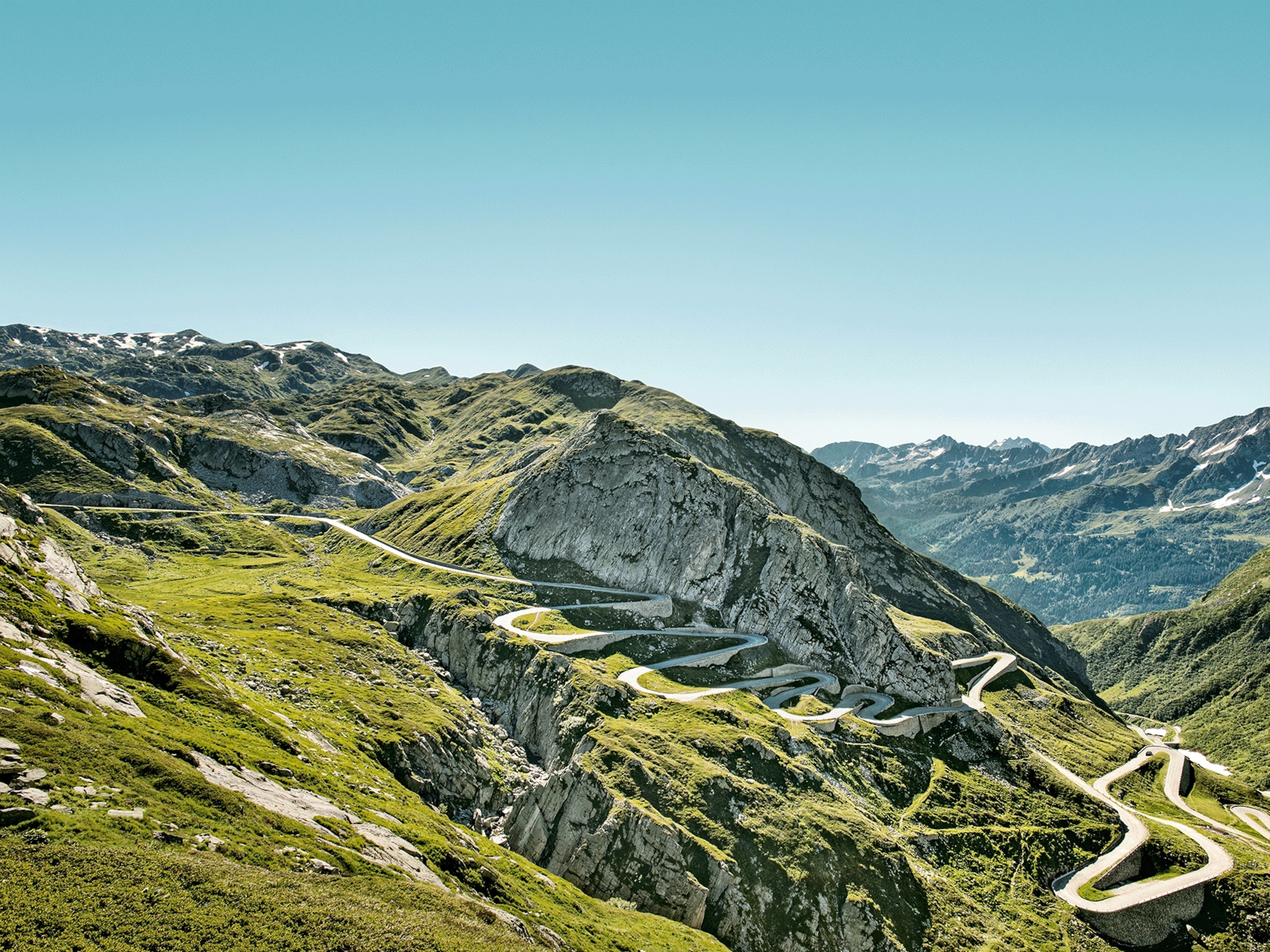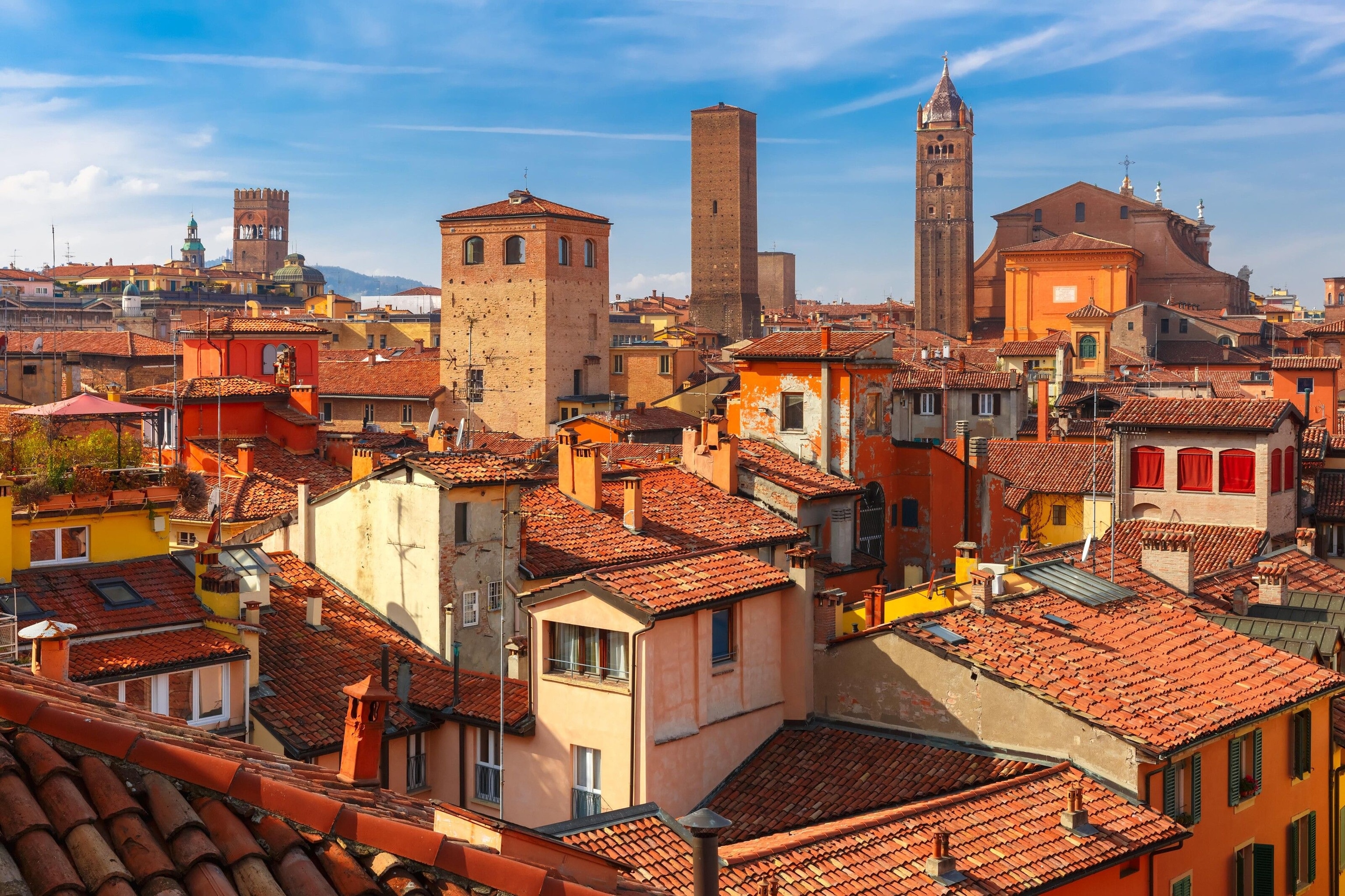
A road trip around Italy’s Motor Valley, among artistry and heritage
Emilia-Romagna is the hub of the country’s automotive industry, but finely crafted sports cars aren’t the northern region's only artisanal offering. Discover them on a road trip along the ancient Via Emilia.
In Emilia-Romagna, history and culture are laid out in a straight line along the 160 miles of the Via Emilia. Built when the Romans first conquered the Padan Plain, the consular road served as the artery along which new cities formed and old centres prospered. Two millennia later, it remains virtually unchanged, running the length of this Northern Italian region from the Adriatic Coast to the Po Valley.
It's perhaps fitting, then, for this road to have become the cradle of the country’s automotive industry. A hotspot of top-range car manufacturers, international racing tracks and private collections, Italy’s Motor Valley has orbited around the city of Modena for over a century. Far from only being a centre of four-wheeled pride, the area delivers the same standard of craftmanship to all its endeavours, be it cuisine, art or fashion.
Faenza: centuries of ceramic art
For more than 1,000 years, the clay soils deposited by the winding Lamone River have sustained the production of fine ceramics, a tradition mostly centred around Faenza, on the eastern end of the Via Emilia. The small town, with Roman origins and Renaissance flair, has long been a leading manufacturer of maiolica — tin-glazed pottery decorated with colourful, intricate designs.
It was during the Renaissance that this art, also known as faïence, reached its peak, and its centuries-old techniques have been passed down through generations inside Faenza’s storied workshops. You’ll find more than 60 in and around the town centre, with retail showrooms where to watch artisans at work and purchase handmade plates, mugs and tureens. For more in-depth insights into the story of faïence, the International Museum of Ceramic showcases one of the world’s most comprehensive ceramic collections.
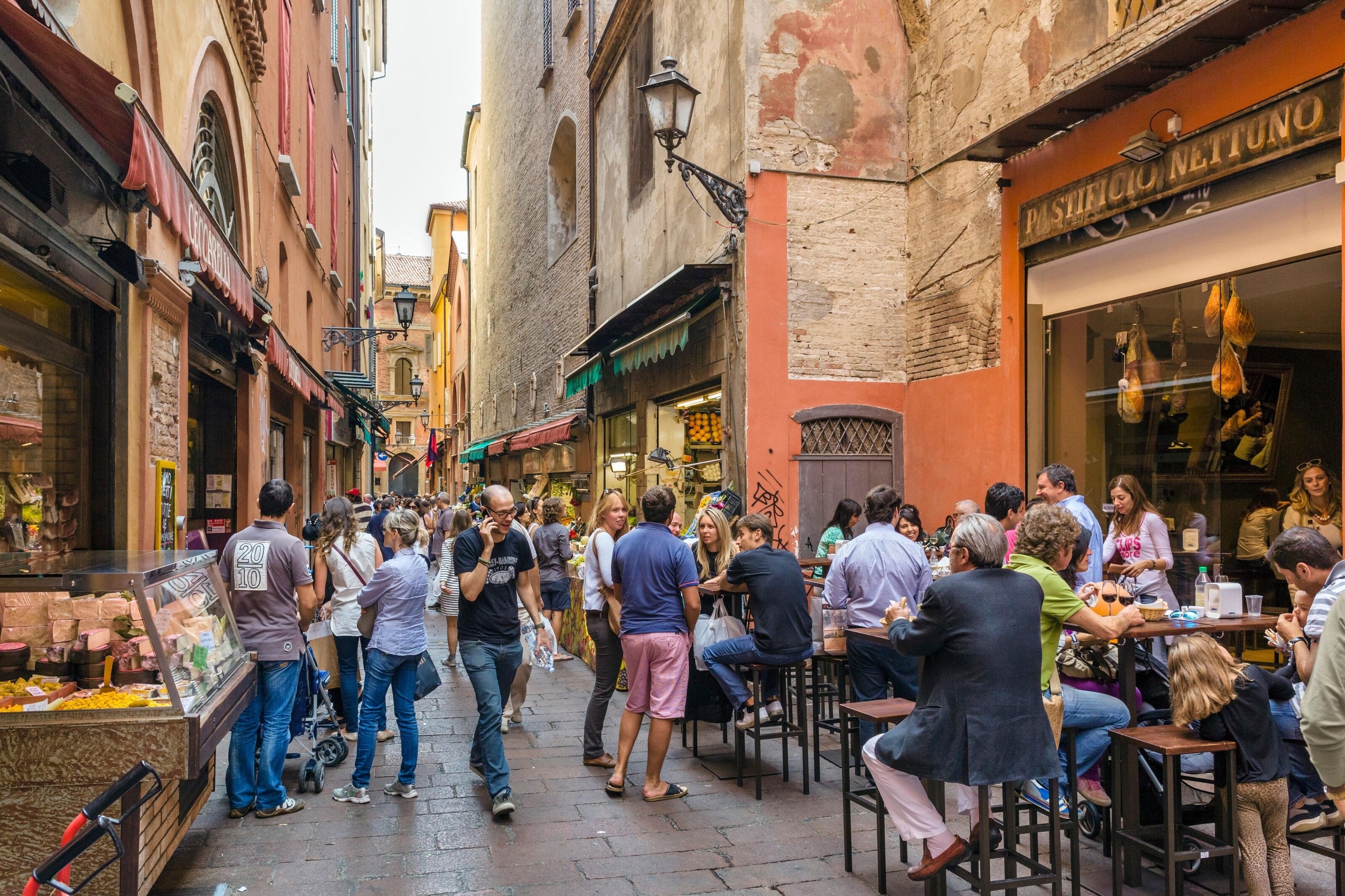
Bologna: in Italy’s food capital, meet artisans old and new
From Faenza, it’s less than an hour’s drive to Bologna, Emilia-Romagna’s red-hued capital — as well as a lesser-known epicentre of Italy’s world-famous cuisine. This gastronomic prestige has earned it the moniker of La Grassa (The Fat), a nod to its hearty fare, with tortellini in brodo (hand-twisted pasta in broth), tagliatelle al ragù and abundant taglieri (platters of locally produced cheeses and cured meats) all featuring on the menu. The Old Centre’s tangled web of streets and porticoes — the latter listed as a UNESCO World Heritage Site — holds a trove of artisanal food shops: look out for mortadella sausages, crescenta focaccia and torta di riso (spiced rice cake).
While food might easily be one of the town’s main draws, there’s more to look out for. At La Tartalana, artisans turn out limited-edition prints on an antique press. L'Antica Cappelleria Malaguti produces handmade hats, uniforms and capes in the same studio it’s occupied since 1870. Nearby, at La Calzoleria Di Max E Gio, two young cobblers continue time-honoured traditions by custom-making every pair of shoes by hand and to order.
Modena: fast cars and slow productions
Further north, Modena and its suburbs anchor the Motor Valley with some of the most legendary names on the circuit — a tradition rooted in the city’s coachbuilding heritage. After Bolognese businessman Alfieri Maserati picked the area as the base for his namesake company, Ferrari, Lamborghini, Ducati and more followed, giving speed to what would become one of the world’s highest concentrations of car manufacturers, collections, training centres and racing tracks.
Ogle vintage models at the Ferrari Museum, the Umberto Panini Collection, the Stanguellini Museum or the Maserati showroom, where car aficionados can also go backstage at the production factory. If you’re here during the Motor Valley Fest, you might have the chance of seeing master restorers at work. For a high-end souvenir, meanwhile, Schedoni has been crafting bespoke luggage for luxury automotive for over 40 years. And if you’re looking for high-octane fun, visit the Modena Autodrome and try your hand at manoeuvering a racing car on the track.
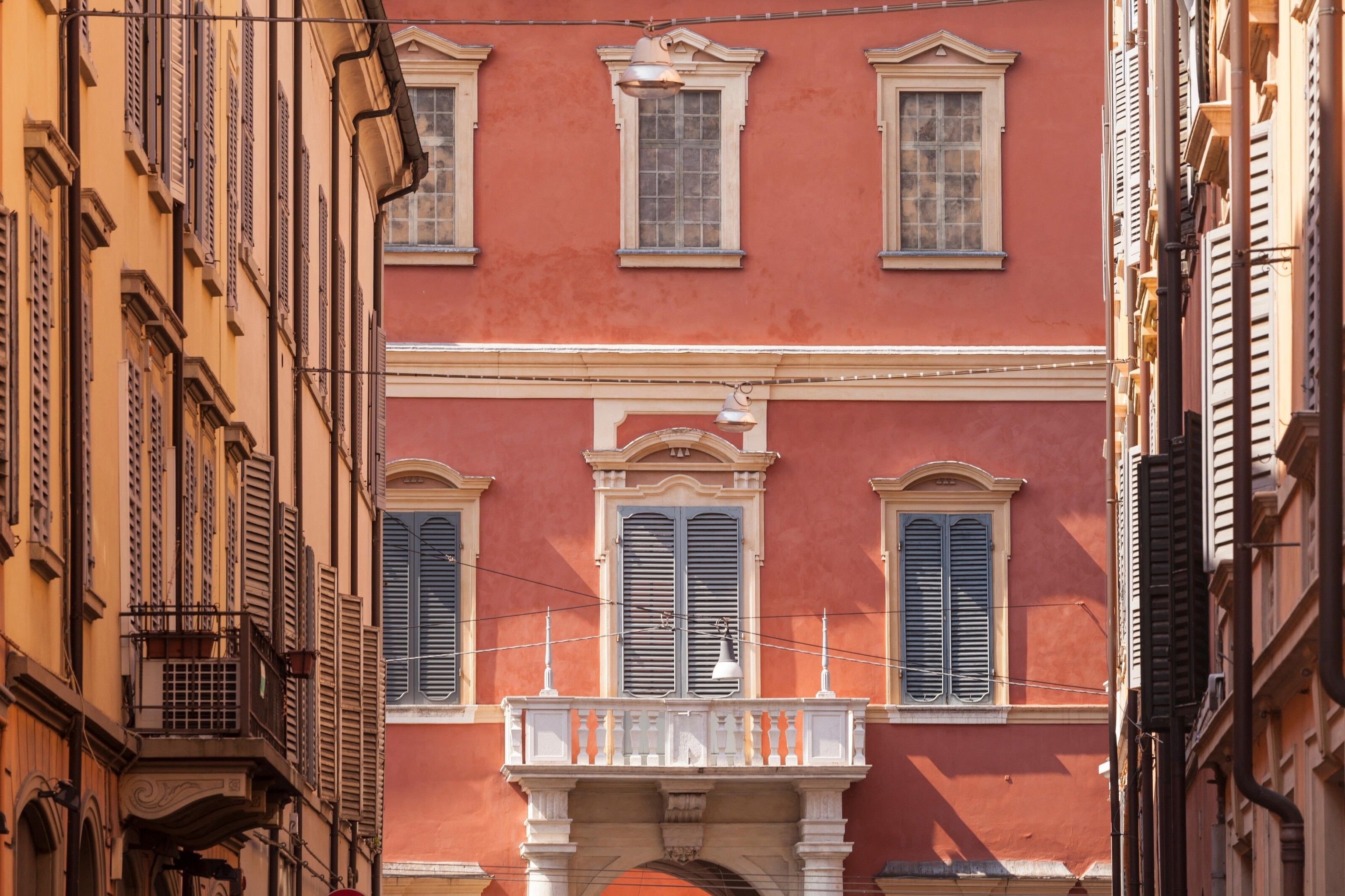
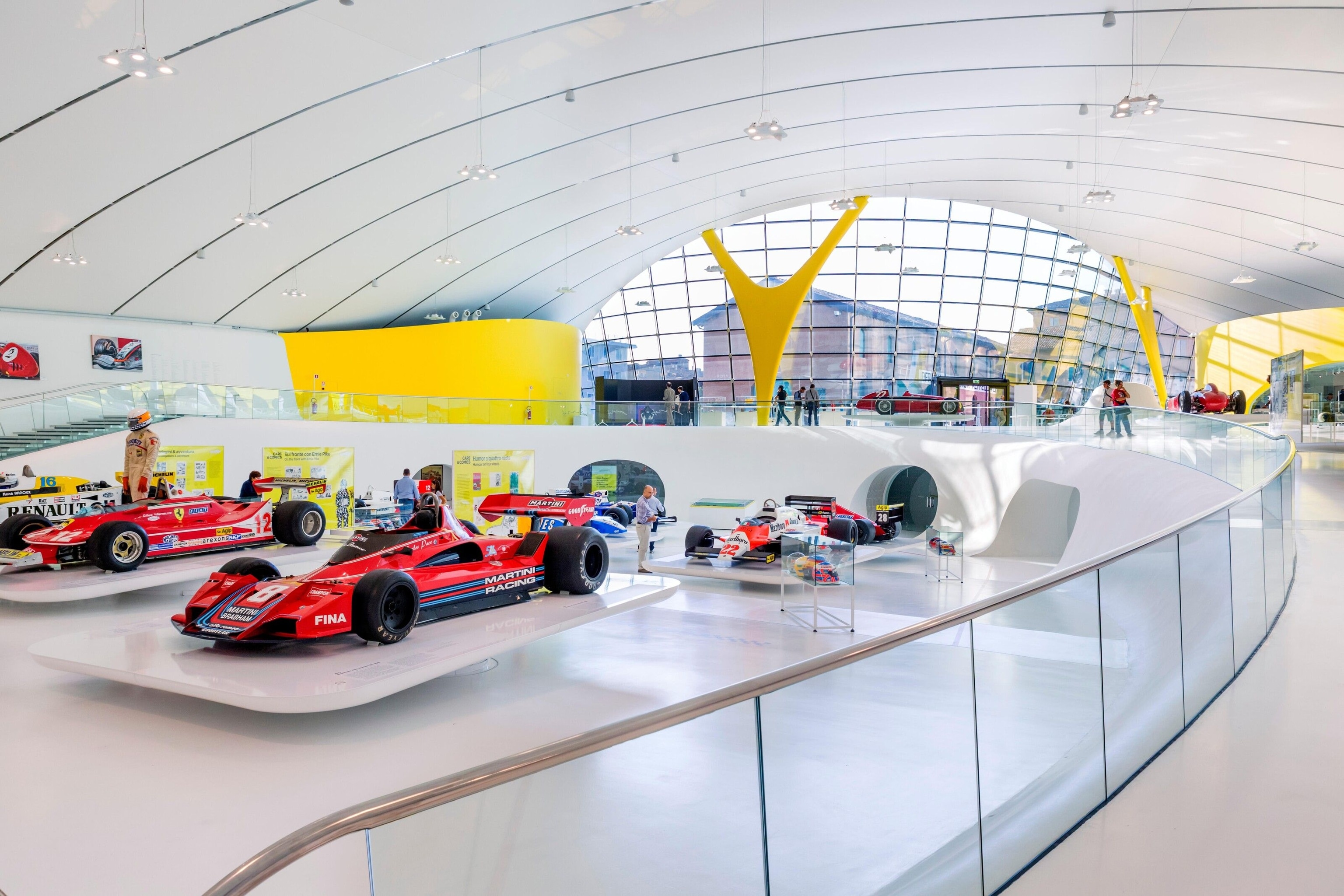
Parma: food, fashion and frescoes
Spend even a short amount of time in Parma, the last leg of the trip, and you’ll notice its style, with a baroque tower, a frescoed Romanesque cathedral and a world-renowned opera house easily warranting a day’s sightseeing. The same eye for detail extends to its fashion scene: in a region home to design houses like Armani and MaxMara, many of whom still have headquarters and factories here, small-production sartorial traditions hold strong in this compact city.
In the city centre, the tailors at Camiceria Zanini still make each men’s shirt by hand, while Locale Parma creates made-to-order fashions for everyone. One of Parma’s most beloved historical figures, Marie Louise of Austria is remembered at historic Violetta Di Parma Borsari, which sells violet perfume — her signature scent — as well as an array of violet perfumed and flavoured gifts.
For more information, visit italia.it
Follow National Geographic Traveller (UK) on social media
Facebook | Twitter | Instagram
